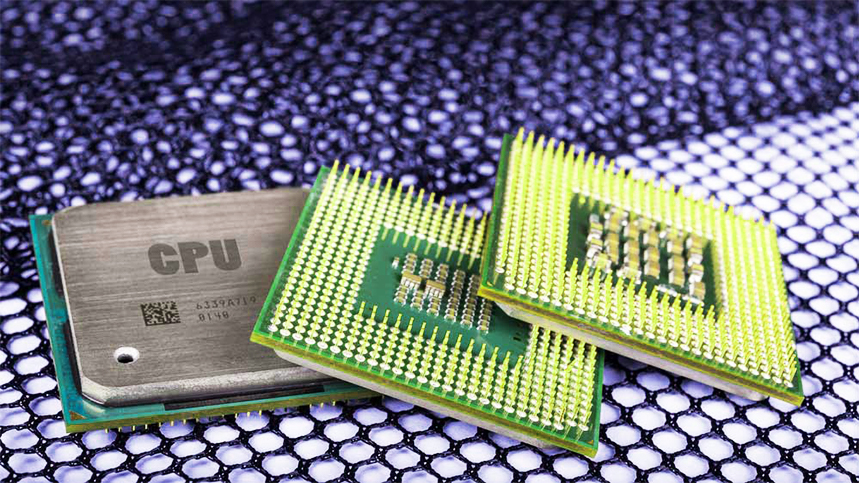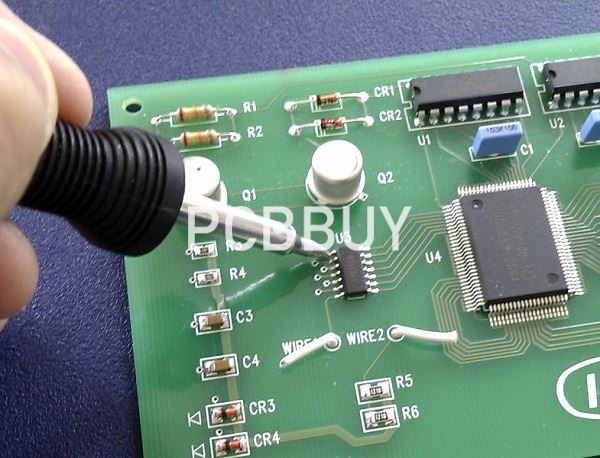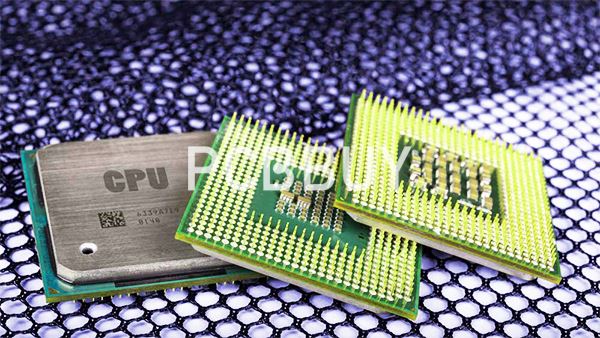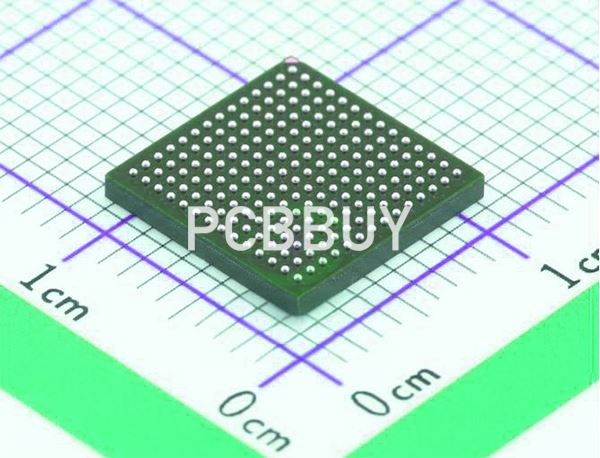What Are the 7 Important Elements for PCB Storage Requirements?
By:PCBBUY 08/31/2022 16:11

Do you know the methods of PCB storage? If you are searching for the information of PCB storage, please check and read the content below in this passage.

What are the common problems of PCB storage?
Storing bare (PCBs) or assembled (PCBAs) unprotected is flirting with disaster. And failing to recognize the fact that your boards can and will degrade faster over time if left unprotected can be an expensive lesson to learn when remanufacturing costs, unfilled deliveries and potential canceled deliveries start to eat away at your ROI. Fortunately, there are remedies that if applied can significantly reduce the possibility that you will lose any boards due to mishandling or bad storage practices.
The first step to take is to ensure that your CM follows good board handling and storage suggestions; such as those put forth in IPC-1601 Printed Board Handling and Storage Guidelines. These guidelines provide fabricators and assemblers with methods and information for protecting PCBs from the following:
· Contamination
· Solderability degradation
· Physical damage
· Moisture uptake
· Electrostatic discharge (ESD)
Used in conjunction with IPC/JEDEC J-STD-033D Handling, Packaging, Shipping and Use of Moisture, Reflow and Process Sensitive Devices, IPC-1601 provides standards for packaging and storage to minimize the possibility that your boards will incur contamination during manufacturing. Additionally, the shipping and storage guidelines included can be utilized along with an understanding of the impacts on the shelf life of assembled PCBs to compile a set of important PCB storage guidelines, as shown below.
How to store PCB property?
If your business relies on PCB manufacturing to produce your products, you’ll probably do everything in your power to ensure the circuit board assembly services you use culminate in a high-quality result. After all, PCBs represent 31% of the cost of any product, meaning there’s little room for error or delay. Your assembly house should be able to provide consistent boards and provide PCB inspection to ensure no detail is left to chance. However, none of this matters if you don’t care for these PCBs correctly after they’re produced. Failing to handle and store your printed circuit boards can cause irreparable and costly damage.

The first rule of handling PCBs is… don’t. At least, as much as possible. You should minimize direct handling (meaning hands-on contact) with PCBs, opting to transport them on racks and tray carts whenever possible. If you do need to hold them directly, do so gently by their edges and wear clean gloves (and change them often). You should also utilize protective bags when transferring these boards between stations and keep all stations spotlessly clean to minimize the chances of debris contamination. Refrain from using hand lotions or other products that could compromise the quality of the board. You should ensure that handling areas do not contain items that can create static electricity (such as carpets, rugs, and other materials), as this can damage the boards you’ve obtained from your PCB manufacturing source.
How you store your PCBs matters, too. Even slight variants in environmental conditions can be disastrous for these sensitive materials. Excess moisture, heat, and cold air can all damage PCBs. These conditions can cause a PCB to short out, warp, or be exposed to mildew and mold. Dust can contaminate PCB components, as can chemicals and animal activity. It’s essential that printed circuit boards be stored in warm, dry rooms with low humidity levels and consistent temperatures. You may utilize moisture barrier bags for this purpose, which should, in turn, be kept in a dry storage cabinet or in boxes. In general, PCBs should be stored for as short a time as possible to minimize possible damages.
In order to make the most of your PCBs, you’ll need to be familiar with proper handling and storage techniques. Otherwise, you may end up spending more to replace damaged components or could jeopardize the functionality of your final product. To learn more about how we can assist you with all your PCB manufacturing needs, please contact us today.

What are PCB storage stages?
Post-fabrication
Depending upon which PCB manufacturer you choose, there may be a period between your board’s fabrication and assembly. In fact, it is likely these will be performed at separate facilities and by different manufacturers. During this period, boards are physically handled and can be exposed to the air resulting in contamination.
Post-assembly (Shipping)
The final activities of assembly, which includes depanelization, are primarily intended to prepare the PCBAs for shipment. During transport, boards can be subjected to various temperatures that can impact component shelf life.
Pre-deployment
Most boards that are not immediately installed in a larger system will spend time in extended storage. PCBAs that are warehoused can suffer degradation due to oxidation, moisture buildup, or other contamination.
Industry Category











